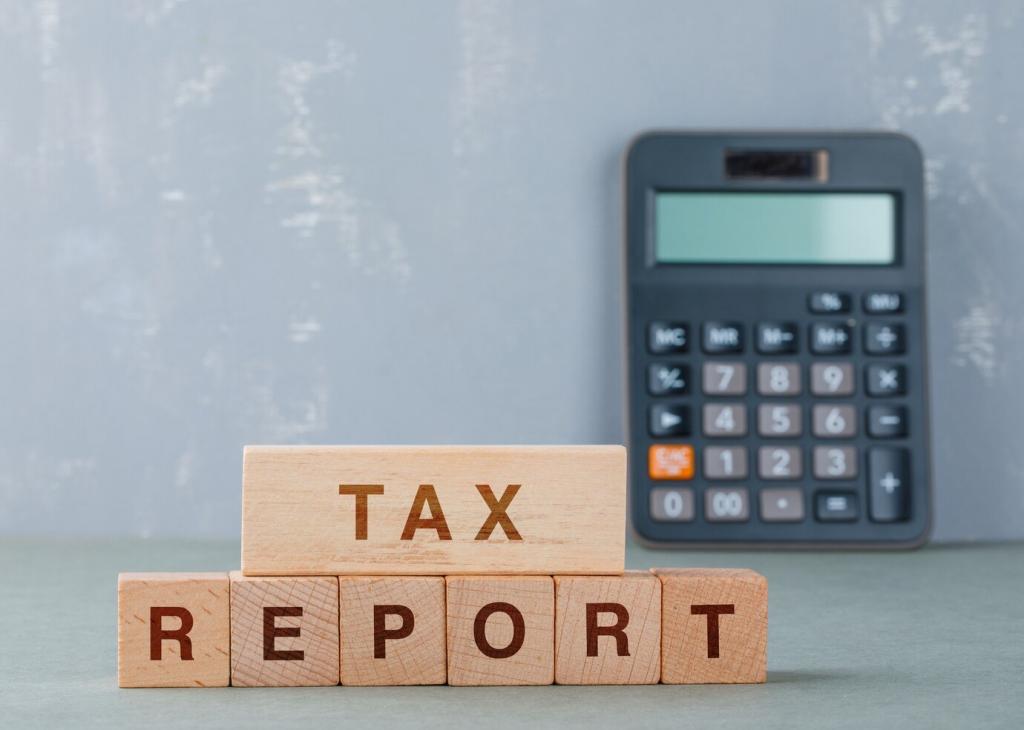Rolling Forecasts and Fast Variance Fixes
Forecast weekly inflows and outflows for the next 13 weeks and update every Friday. You will spot crunches early, negotiate terms proactively, and align spending with realistic cash, not optimistic hopes. Share your favorite forecasting template with readers.
Rolling Forecasts and Fast Variance Fixes
Host a one-hour variance meeting: what changed, why it changed, and what we’ll do now. No blame, only learning. Limit slide decks; focus on decisions. End with three specific corrective actions and owners, then report results publicly next month.




